Eight ships of the United States Navy and United States Revenue Cutter Service have been named USS Massachusetts, after the Commonwealth of Massachusetts.

The United States Revenue Cutter Service was established by an act of Congress on 4 August 1790 as the Revenue-Marine upon the recommendation of Secretary of the Treasury Alexander Hamilton to serve as an armed customs enforcement service. As time passed, the service gradually gained missions either voluntarily or by legislation, including those of a military nature. It was generally referred to as the Revenue-Marine until 31 July 1894, when it was officially renamed the Revenue Cutter Service. The Revenue Cutter Service operated under the authority of the U.S. Department of the Treasury. On 28 January 1915, the service was merged by an act of Congress with the United States Life-Saving Service to form the United States Coast Guard.
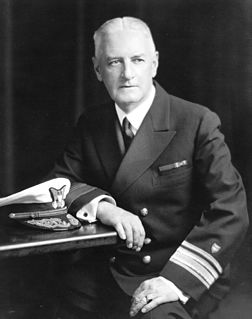
Harry Gabriel Hamlet served as the seventh Commandant of the United States Coast Guard, from 1932 to 1936.

Ellsworth Price Bertholf was a Congressional Gold Medal recipient who later served as the fourth Captain-Commandant of the United States Revenue Cutter Service and because of the change in the name of the agency in 1915, the fourth Commandant of the United States Coast Guard. His leadership during his tenure as Commandant was critical to the U.S. Coast Guard's survival at a time when outside agencies wanted to either take it over or split its missions up among several agencies.

Harriet Lane was a revenue cutter of the United States Revenue Cutter Service and, on the outbreak of the American Civil War, a ship of the United States Navy and later Confederate States Navy. The craft was named after the niece of senator and later United States President, James Buchanan; during his presidency, she acted as First Lady. The cutter was christened and entered the water for the Revenue Service in 1859 out of New York City, and saw action during the Civil War at Fort Sumter, New Orleans, Galveston, Texas, and Virginia Point. The Confederates captured her in 1863, whereupon she was converted to mercantile service. Union forces recaptured her at the end of war. The US Navy declared her unfit for service and sold her. New owners out of Philadelphia renamed her Elliot Ritchie.. Her crew abandoned her at sea in 1881.

SS Bear was a dual steam-powered and sailing ship built with six-inch (15.2 cm)-thick sides which had a long life in various cold-water and ice-filled environs. She was a forerunner of modern icebreakers and had a diverse service life. According to the United States Coast Guard official website, Bear is described as "probably the most famous ship in the history of the Coast Guard."
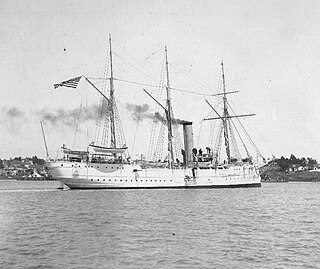
USS McCulloch, previously USRC McCulloch and USCGC McCulloch, was a ship that served as a United States Revenue Cutter Service cutter from 1897 to 1915, as a United States Coast Guard Cutter from 1915 to 1917, and as a United States Navy patrol vessel in 1917. She saw combat during the Spanish–American War during the Battle of Manila Bay and patrolled off the United States West Coast during World War I. In peacetime, she saw extensive service in the waters off the U.S. West Coast. She sank in 1917 after colliding with another steamer.
USRC Walter Forward was a schooner constructed for service with the United States Revenue Marine. She was more commonly known as USRC Forward. Forward served with the U.S. Army and U.S. Navy in Mexican waters during the Mexican–American War and was commended for her actions during the Tabasco River landings by Commodore Matthew C. Perry, U.S. Navy. After the war, she was transferred to the U.S. Coast Survey for a short time as USCS Walter Forward before being returned to the Revenue Marine for service during the 1850s and the American Civil War.

Worth G. Ross is known as the third Commandant of the Coast Guard, although he was never formally appointed to that position. Joining the United States Revenue Cutter Service in 1877, he graduated from the Revenue Cutter Service School of Instruction's first class in 1879. He held a variety of appointments during the late 19th century before being appointed Captain-Commandant of the service in 1905. In this capacity he commanded a number of cutters on the United States Gulf Coast and was responsible for moving the School of Instruction to Fort Trumbull, Connecticut. He was a relation of Brevet Brigadier General Samuel Ross (1822-1880), who commanded the 20th Connecticut Infantry during the American Civil War.

USRC Manning was a revenue cutter of the United States Revenue Cutter Service that served from 1898 to 1930, and saw service in the U.S. Navy in the Spanish–American War and World War I.

The Thomas Corwin was a United States revenue cutter and subsequently a merchant vessel. These two very different roles both centered on Alaska and the Bering Sea. In 1912, Frank Willard Kimball wrote: "The Corwin has probably had a more varied and interesting career than any other vessel which plies the Alaskan waters."
The Capture of the schooner Bravo was a naval battle between United States Revenue Cutter Service cutters and one of Jean Lafitte's pirate ships.
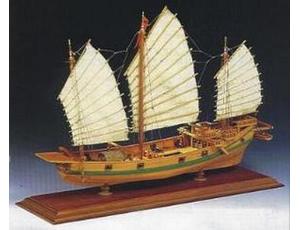
The Battle of Ty-ho Bay was a significant naval engagement in 1855 involving the United Kingdom and United States against Chinese pirates. The action off Tai O, Hong Kong was to rescue captured merchant vessels, held by a fleet of armed war-junks. British and American forces defeated the pirates in one of the last major battles between Chinese pirate fleets and western navies. It was also one of the first joint operations undertaken by British and American forces.
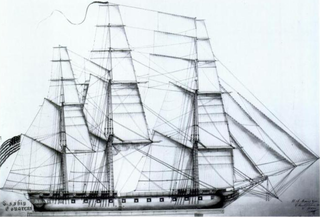
The West Indies Squadron, or the West Indies Station, was a United States Navy squadron that operated in the West Indies in the early nineteenth century. It was formed due to the need to suppress piracy in the Caribbean Sea, the Antilles and the Gulf of Mexico region of the Atlantic Ocean. This unit later engaged in the Second Seminole War until being combined with the Home Squadron in 1842. From 1822 to 1826 the squadron was based out of Saint Thomas Island until the Pensacola Naval Yard was constructed.

The New Orleans Squadron or the New Orleans Station was a United States Navy squadron raised out of the growing threat the United Kingdom posed to Louisiana during the War of 1812. The first squadron consisted of over a dozen vessels and was mostly defeated during the war. Afterward, new ships were stationed at New Orleans which engaged in counter-piracy operations for over twenty years. The New Orleans Squadron was eventually merged with the Home Squadron.
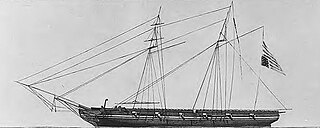
The West Indies Anti-Piracy Operations refer to the United States Navy presence in the Antilles, and surrounding waters, which fought against pirates. Between 1817 and 1825, the American West Indies Squadron constantly pursued pirates on sea and land, primarily around Cuba and Puerto Rico. After the capture of Roberto Cofresi in 1825, acts of piracy became rare and the operation was considered a success although limited occurrences went on until slightly after the start of the 20th-century.

Bering Sea Anti-Poaching Operations were conducted in 1891 by the navies and marine corps' of the United States and the United Kingdom of Great Britain and Ireland. Due to the near extinction of the seal population in the Bering Sea, the American and British governments dispatched a squadron of warships to suppress poaching activities, under the command of Charles S. Cotton.

USCGC Unalga (WPG-53) was a Miami-class cutter that served in the United States Revenue Cutter Service and later the U.S. Coast Guard and U.S. Navy. The early part of her career was spent patrolling the Pacific coast of the United States and the Bering Sea. After 1931 she did patrol work off Florida and in the Caribbean. After Unalga was sold in 1946, she was renamed after Jewish Agency leader Haim Arlosoroff and used for six months for moving Jewish refugees from Europe to Palestine before being forced to run aground by British Navy ships near Haifa.
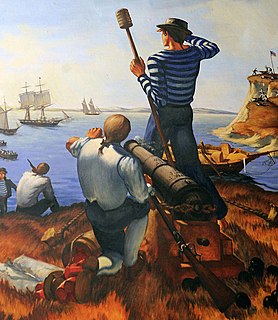
The defense of the cutter Eagle was a battle on and around Long Island that took place from October 10 to 13, 1814, between the United Kingdom's Royal Navy and the United States' Revenue Marine. Early on in the engagement, the United States' only involved vessel, USRC Eagle, was beached near Negro Head. Despite the loss of their ship, her crew continued fighting the Royal Navy vessels from shore using cannon recovered from their wrecked vessel. Eagle's crew was ultimately able to repair and refloat her, but unsuccessful in their attempts to drive the British ships away. Once more she was beached, but after exhausting their ammunition over three days of fighting, the Eagle's crew was unable to prevent her from being towed off by the Royal Navy, which then sailed her back past the shoreline for a victory lap. Though there were no fatalities on either side in the battle, a cow grazing in the area died after being hit by a 32-pound (15 kg) round shot fired by one of the Royal Navy ships.
















